MicroBrewr 086: The future of apple cider in America
Podcast: Play in new window | Download | Embed
Subscribe: RSS
Nick Gunn and his wife were working for her family’s winery. They had the idea to start growing apples for cider. One of the cideries to whom they were selling apples decided to close down and they offered to sell the business to Nick and his wife who moved Wandering Aengus Ciderworks to Salem, Oregon.
“Cider is a really exciting proposition for a lot of investors.” [Tweet This]
Now they have two brands of cider.
Wandering Aengus is the traditional brand of cider. The Wandering Aengus brand has ciders that are more astringent, more bitter, and higher in alcohol content. “For the wine drinkers, it’s something that’s interesting,” says Nick.
Anthem Cider is a lighter style for people who aren’t used to ciders. These are less acidic and have lower alcohol content. This brand is marketed toward to craft beer consumers. “Beer drinkers,” says Nick, “are much more adventurous and willing to try just about anything that’s out there.”
They package Anthem ciders mostly in kegs for sale on draft. The goal is to get the word out for distribution in smaller packaging. “It’s a pretty basic model a lot of people have used,” says Nick.
“Anthem is a little more on the adventurous side,” Nick describes. “And that’s also a part of marketing to people who like craft beer.”
In addition to straight apple cider, Anthem also has pear, cherry and hopped ciders. They’re do some progressive forays like gin and whiskey barrel-aged ciders, as well as ciders fermented with bee pollen.
In contrast, “Wandering Aengus is super traditional,” Nick says, “It’s just those apples fermented without anything else added to them. And those apples are so rare we don’t really want to mess with them in the first place, they kind of speak for themselves.”
Finding good, traditional cider apples is difficult, but Nick is pushing the market.
“Most of the old heirloom apples have been ripped out in favor for Granny Smith and other dessert apples,” he says. “We’re trying to get people to plant some newer [apple trees]. We’re trying to bring back some of the older, better flavored varieties.”
Nick’s favorite apple ciders are blends of sharp apples, bittersweet apples, and aromatic apples.
“You kind of want to blend in a little bit of sharp, a little bit of bitter, a little bit of aromatics,” Nick advises. “That’s a part of the art of cider making, is it’s a blending process. Because there’s not a lot of apples that just make a great cider straight up.”
Some of the high brix, high acidity apple varieties that they use are:
- Golden Russet
- Wickson Crab
- Cox’s Orange Pippin
- Newtown Pippin
- Calville Blanc d’Hiver
“These heirloom sharps… is a really [high] sweetness level and acidity is off the charts,” comments Nick.
But these sharp apples don’t have a lot of tannins. Bittersweet apples contribute tannins to the cider.
Some of the bittersweet apples they use for tannins are:
- Muscat de Bernay
- Muscadet de Dieppe
- Yarlington Mill
- Dabinett
- Herefordshire Redstreak
“Those apples taste like crap!” exclaims Nick. “They really are horrible, because they have so much bitterness.”
“I’m being evangelical about planting cider apples. That’s really the future of really high quality cider in America.”
While Nick is evangelizing about high-quality, hand-crafted, traditional ciders, a different style of cider is gaining momentum across the country. Large industrial companies are making cider with additives and diluted with water.
While the product sells well on a large scale, it is expanding the overall market and demand for cider. As the larger brands reach into previously untapped markets, they create new spaces for all cider products.
“Their cider is a lot cheaper,” says Nick. “We could never compete on price because we’re using 100% juice. But what we can do is offer a different product. And maybe that’s a graduating step for the consumer.”
RELATED: MicroBrewr 048: Package your beer cheap and easy with mobile canning
“The growth in some of these larger brands has just been astronomical because a lot of the place they’re putting cider there never even existed a cider in the first place.”
“Every single chain store, every 711, every place now has cider. Cider is on the lips of every one. It’s on TV now—it was never on TV before, like, 2 years ago.”
“Even if [cider] gets to 5 percent of the market, we will be gigantic,” Nick predicts. “Over in England, cider is around 20 percent of alcohol consumption. France is about 17 percent. So we have a long ways to go in America. We were just at 0.3 percent about 3 years ago and we’ve gotten to one percent now. So the climb now is just inevitable.”
There hasn’t been a lot of quality at quantity. And now that that is exists, distributors are staring to notice, buyers are noticing, the whole market place takes note.”
As overall demand for cider increases, and a wider variety of cider products becomes more popular, the cider companies are able make larger quantities at lower prices.
Nick’s strategy is to have meaningful impact in the markets where craft beer is already growing rapidly.
They are reaching to key cities such as:
- Denver
- Philadelphia
- New York
- Los Angeles
- San Francisco
- Seattle
- Portland
“You’re starting from ground zero, you can explode easily,” says Nick.
Yet, cider producers are finding that the industry needs to mature. Particularly, there is a need for more education in cider sales.
“Finding a distributor that understands cider is really difficult,” says Nick.
At the next CiderCON, the conference for the commercial cider industry to be held in February in Portland, Oregon, the United States Association of Cider Makers will unveil the first ever cider accreditation program. The multi-level program is designed to educate “distributors, servers and others who are interested in becoming trained experts on all things cider.”
As the cider market in America evolves, the industry adapts.
“It originally started out as sweet and fruity,” recalls Nick. “I like to call it ‘cheap and cheerful.’”
Now “cider varietals are being recognized, and the quality of cider they make.”
Nick foresees an increasing appreciation of drier ciders, and even higher quality cider apples. More cider will be made from heirloom sharps, cider will be fermented drier with higher alcohol content. There will be more barrel aged ciders, and ciders with more tannins. Ultimately terroir of cider will be recognized and appreciated.
Listener question:
From Daniel Frey: What accounting system do you use or do you recommend?
Can’t-go-without tool:
Cross-Flow filter, Pall Corporation.
Book recommendation:
- Cider, Hard and Sweet: History, Traditions, and Making Your Own (Third Edition) by Ben Watson.
- The New Cider Maker’s Handbook: A Comprehensive Guide for Craft Producers by Claude Jolicoeur.
Check out the entire list of recommended books, click here.
An upcoming beer style:
North American Heirloom Cider
Other resources:
- Bethel Heights Vineyard, Salem, Oregon.
- CiderDays, community celebration of all things apple in Franklin County, Massachusetts.
- QuickBooks Enterprise, Manufacturing & Wholesale, Intuit, Inc.
- Craft Canning, Pacific Northwest.
- 2 Towns Ciderhouse, Corvallis, Oregon.
- Reverend Nat’s Hard Cider, Portland, Oregon.
- Vander Mill, Spring Lake, Michigan.
- Citizen Cider, Burlington, Vermont.
You can reach Nick Gunn and Wandering Aengus Ciderworks at:
- www.wanderingaengus.com
- Facebook: WanderingAengusCider
- Twitter: wacider
- Instagram: wanderingaengus
- Untappd: WanderingAengusCiderworks
You can reach Anthem Cider at:
Sponsors:
Download a free audiobook.
Support MicroBrewr
Help keep MicroBrewr on the air. CLICK HERE for ways you can help.

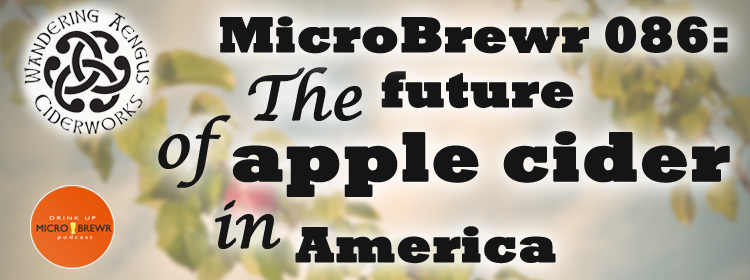











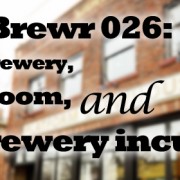
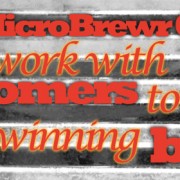
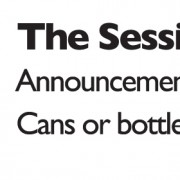
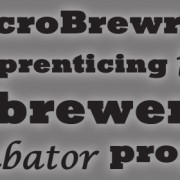

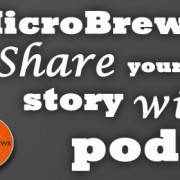
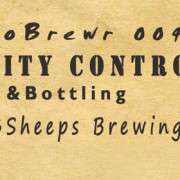
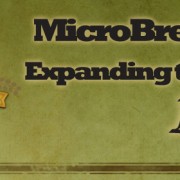


Leave a Reply
Want to join the discussion?Feel free to contribute!